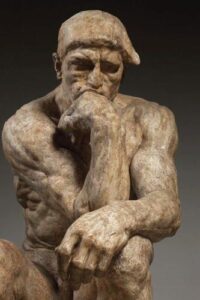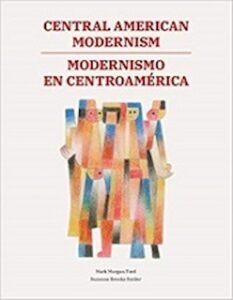
“Made in Japan”
After I finished with my business meetings and presentations late Monday, K had us on the train to Takayama, the first of several additional destinations (Hakone, Kyoto, and Naoshima) we have been visiting since then. I’ve been to Kyoto before, but never to Takayama, Hakone, or Naoshima, all of which have lots to offer in terms of natural beauty, world-class hotels and ryokans (traditional inns), art and history museums, gourmet restaurants, friendly food stalls, and more Shinto shrines and Buddhist temples than you could imagine.
We are in Naoshima as I write this, a lush little island in the Seto Sea that is heavily populated with fantastically serene and sophisticated sculpture gardens and museums of contemporary art.
I have to say this about Japan (and I know, I said it before): The Japanese may not be inventors, but when some other country creates something – anything from an idea to a technique to a style – the Japanese “appropriate” it and bring it to a new and better level.
So much of the art, the architecture, the crafts, and the decor in Japan is undeniably more subtle and sophisticated than the originals. And when it comes to anything trendy – from pop music to street art to teen fashion – the Japanese add a self-conscious note of irony to it that makes it less self-important and more fun.
I’m writing from Benesse House on Naoshima. It’s actually much more than a hotel, because it contains three separate museums, including one devoted to Hiroshi Sugimoto’s photography. I’ve liked his work when I’ve seen it in US museums, but to see so much of it curated and hung so tastefully here… I am feeling like I often do when I get to see a large collection of an artist’s ouvre. I feel like I really understand why he is considered great.
If you’ve never seen Sugimoto’s work, most of it is less like photography than reductionist paintings. There are some pieces that are strongly reminiscent of Mark Rothko. (Maybe even more intense!)

And others that are muted black and gray landscapes that remind me of Robert Kipniss, a favorite of mine who’s not well enough recognized.

This afternoon, we visited another nearby museum, the Lee Ufan Museum, a collaboration between Ufan, a sculptor that works mostly in steel and natural stone, and Tadao Ando, the architect who created this set of buildings, corridors, gardens, and rooms with views that is reminiscent of the Guggenheim Museum in LA, but smaller and much more affecting (and with better views).
Okay, I’ll stop now.
Well, just one more thing: Everything about Japanese architecture, public and private, interior decor and landscape design, furniture, lighting, doors and windows, bathtubs, showers, and even toilets is simply more ingeniously and more thoughtfully made than it is in the US.
The US has contributed many more inventions and novelties to the world, including artistic, cultural, and amusement concepts – but when you embed yourself in Japan, even a little, as we’ve been doing for nearly a month now, you can see how far from perfect American-made is.





